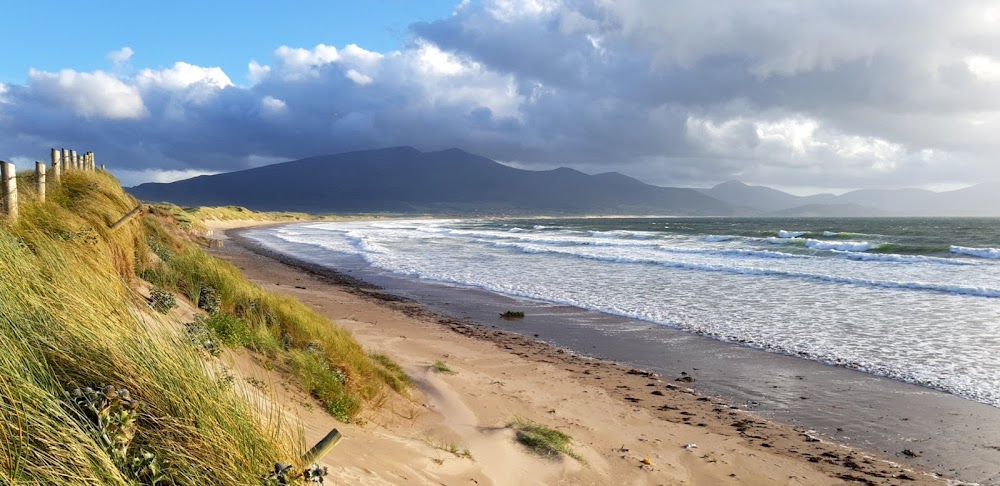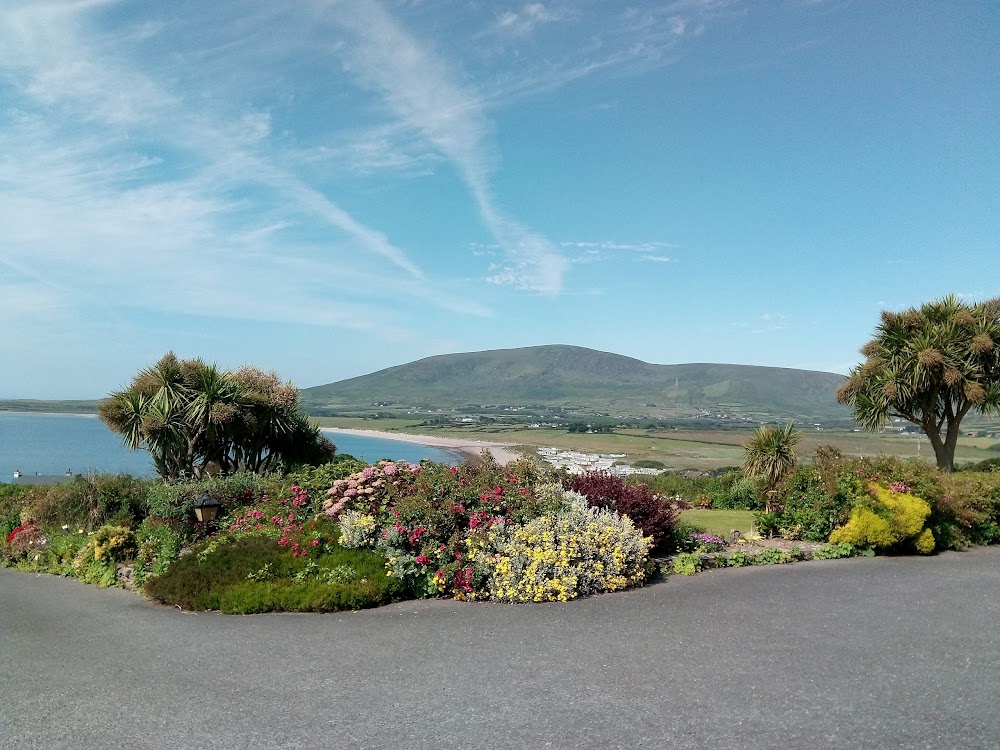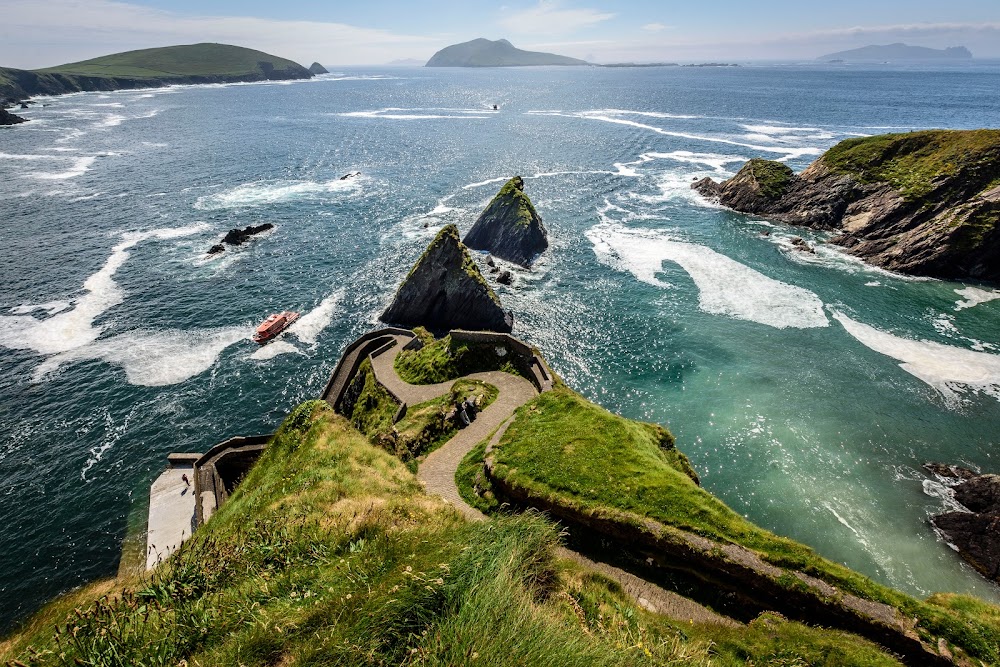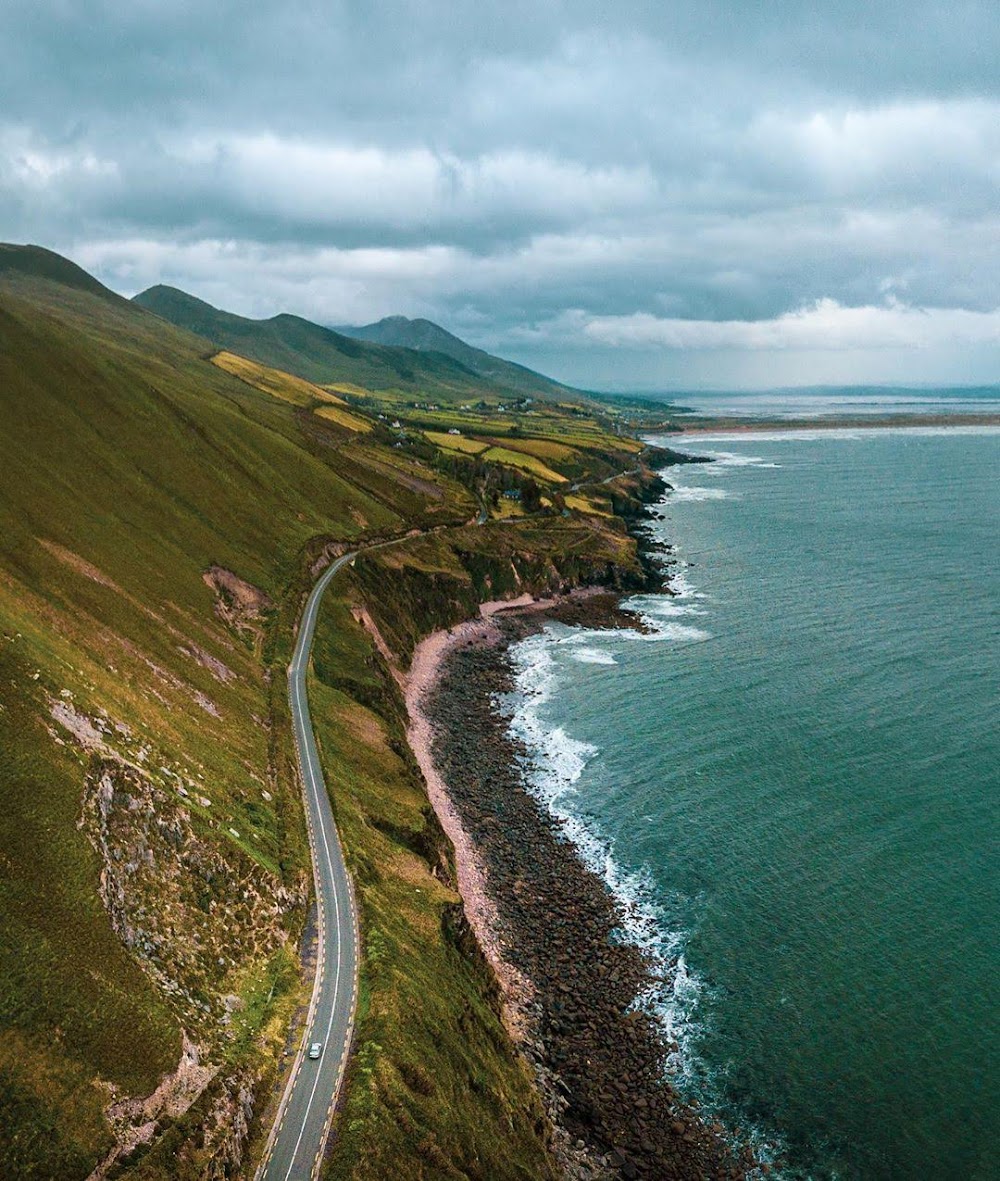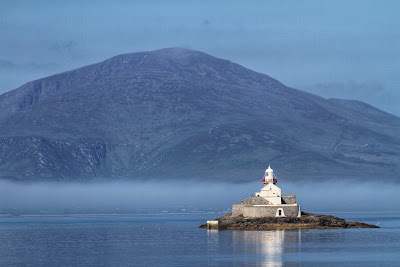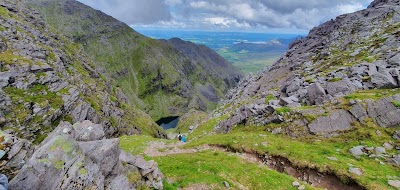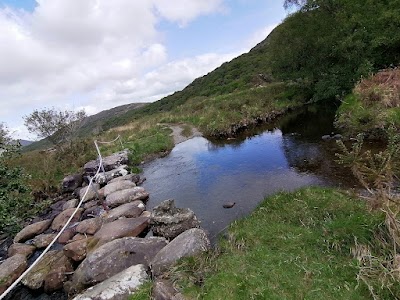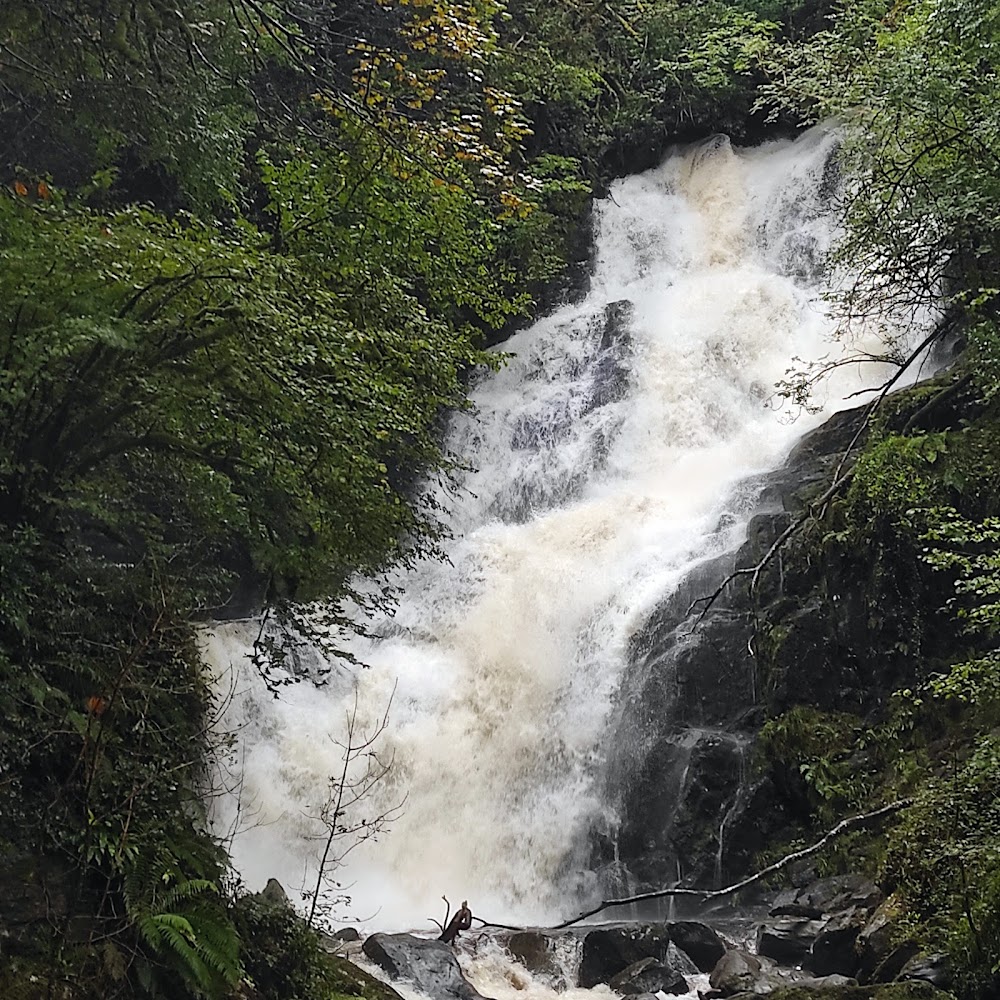Dingle Peninsula (Corca Dhuibhne)
Overview
Dingle Peninsula: A Natural and Historical Marvel
Dingle Peninsula in County Kerry, Ireland, is a stunning blend of natural beauty and rich history. Shaped over millions of years by the relentless forces of nature, this captivating landscape showcases the results of geological events, human craftsmanship, and cultural evolution.
The formation of this land dates back to the Ice Age, when glaciers sculpted its rugged mountains, steep cliffs, and lush rolling hills. The majestic Slieve Mish Mountains dominate the eastern part of the peninsula, offering breathtaking views of both the Atlantic Ocean and the verdant Irish countryside. Composed of ancient red sandstone, these mountains are nearly 400 million years old. The dramatic cliffs and expansive sandy beaches along Dingle Bay and Brandon Bay add to the peninsula's striking scenery.
Ancient Habitations and Historic Structures
Human presence on the Dingle Peninsula stretches back to prehistoric times, evidenced by the numerous ancient stone structures dotting the landscape. Among these are the iconic beehive huts, or "clocháns," built by early Christian monks using a remarkable dry-stone construction technique. These small, conical buildings were crafted without mortar, relying solely on the strategic placement of stones to ensure durability and stability. They stand as a testament to the ingenuity and resourcefulness of their builders.
The Dingle Peninsula has witnessed various waves of invasions and settlements throughout its history. During the Iron Age, it emerged as a hub for Celtic tribes, and the arrival of Christianity in the 5th century brought further development. Monks established monasteries and spread their faith, leaving behind remarkable sites such as Gallarus Oratory. This tiny stone church, showcasing advanced stone masonry techniques, has withstood the test of time, remaining intact for over a millennium despite harsh coastal weather.
Medieval Influence and Economic Growth
The medieval period saw the arrival of the Normans, who introduced new architectural styles and farming techniques to the region. Castles and tower houses were erected, remnants of which can still be explored today. Dingle, the peninsula's main town, evolved into an important port and trading center, spurred by its strategic location and access to abundant fishing grounds. By the 13th century, Dingle had firmly established itself as a bustling market town.
Fishing and agriculture have long served as the backbone of the Dingle Peninsula's economy. Fertile lands and rich fishing opportunities allowed for sustainable livelihoods. Traditional farming practices, including the use of stone-walled fields or "booleys," were developed to effectively manage the rugged terrain. The local population's ability to adapt to their environment ensured that small communities thrived despite challenging conditions.
Resilience and Transformation
The 19th and 20th centuries brought significant transformation to the Dingle Peninsula. The Great Famine of the mid-1800s led to widespread suffering and emigration, yet the resilient spirit of the people endured. Later advancements in infrastructure, including better roads, schools, and communication networks, connected the peninsula more closely with the rest of Ireland.
Tourism began to flourish in the latter half of the 20th century, driven by the peninsula's stunning landscapes, rich heritage, and vibrant culture. Visitors flock to experience its natural beauty, from the scenic Slea Head Drive to the highest peak, Mount Brandon. Outdoor activities like hiking, biking, and surfing are immensely popular, while archaeological sites, traditional music, and local festivals offer an immersive dive into the unique culture of the region.
Preservation Efforts and Sustainable Tourism
Efforts to preserve the Dingle Peninsula's natural and cultural heritage are ongoing. The establishment of conservation areas and the promotion of eco-friendly tourism are key to protecting this enchanting land for future generations. Local initiatives emphasize sustainable farming, heritage preservation, and the revitalization of the Irish language, still spoken in parts of the peninsula.
Today, the Dingle Peninsula stands as a jewel of County Kerry, seamlessly merging ancient history with vibrant living traditions. It serves as a testament to the harmonious relationship between nature and humanity, offering a unique glimpse into Ireland's past and present. Whether exploring its rugged terrains, ancient sites, or charming towns, visitors leave with unforgettable memories of a remarkable place where history and nature intertwine beautifully.


